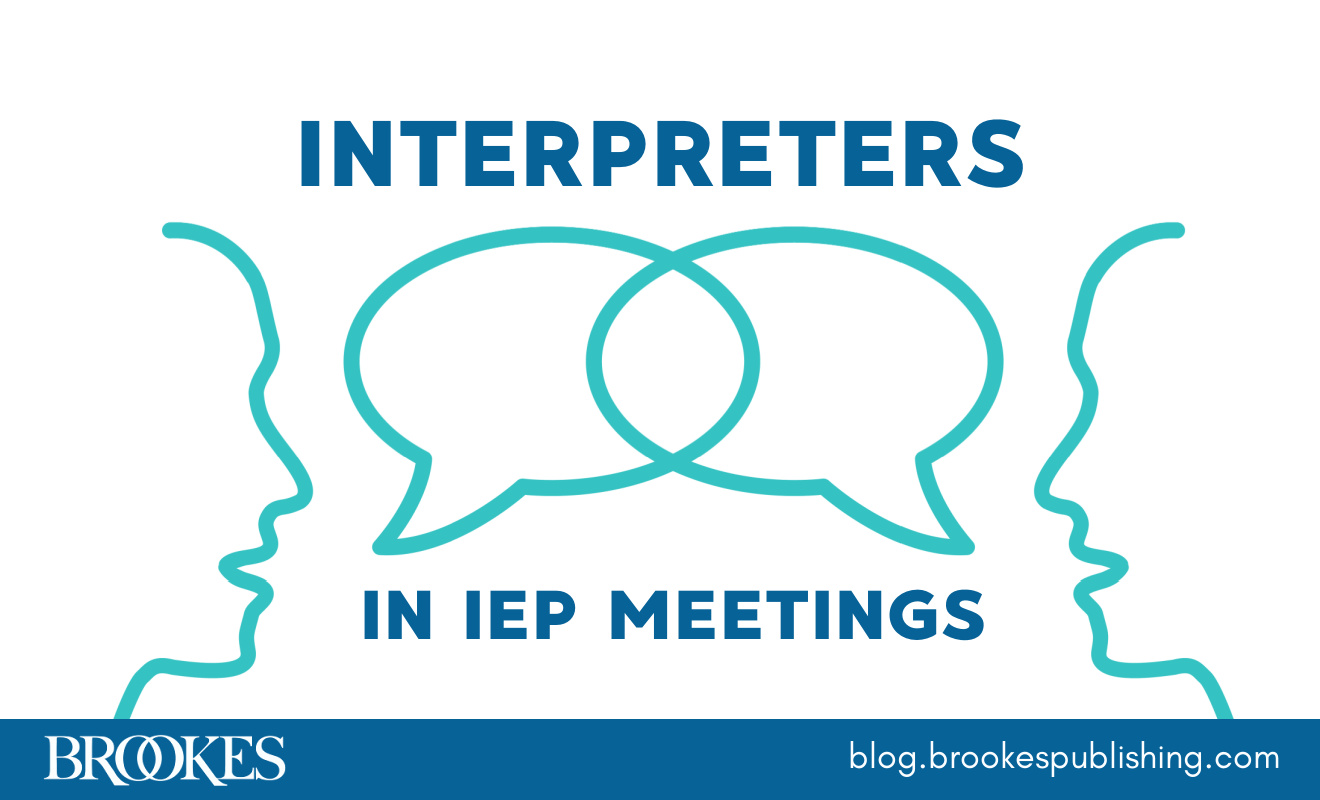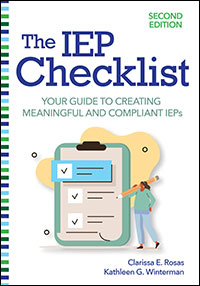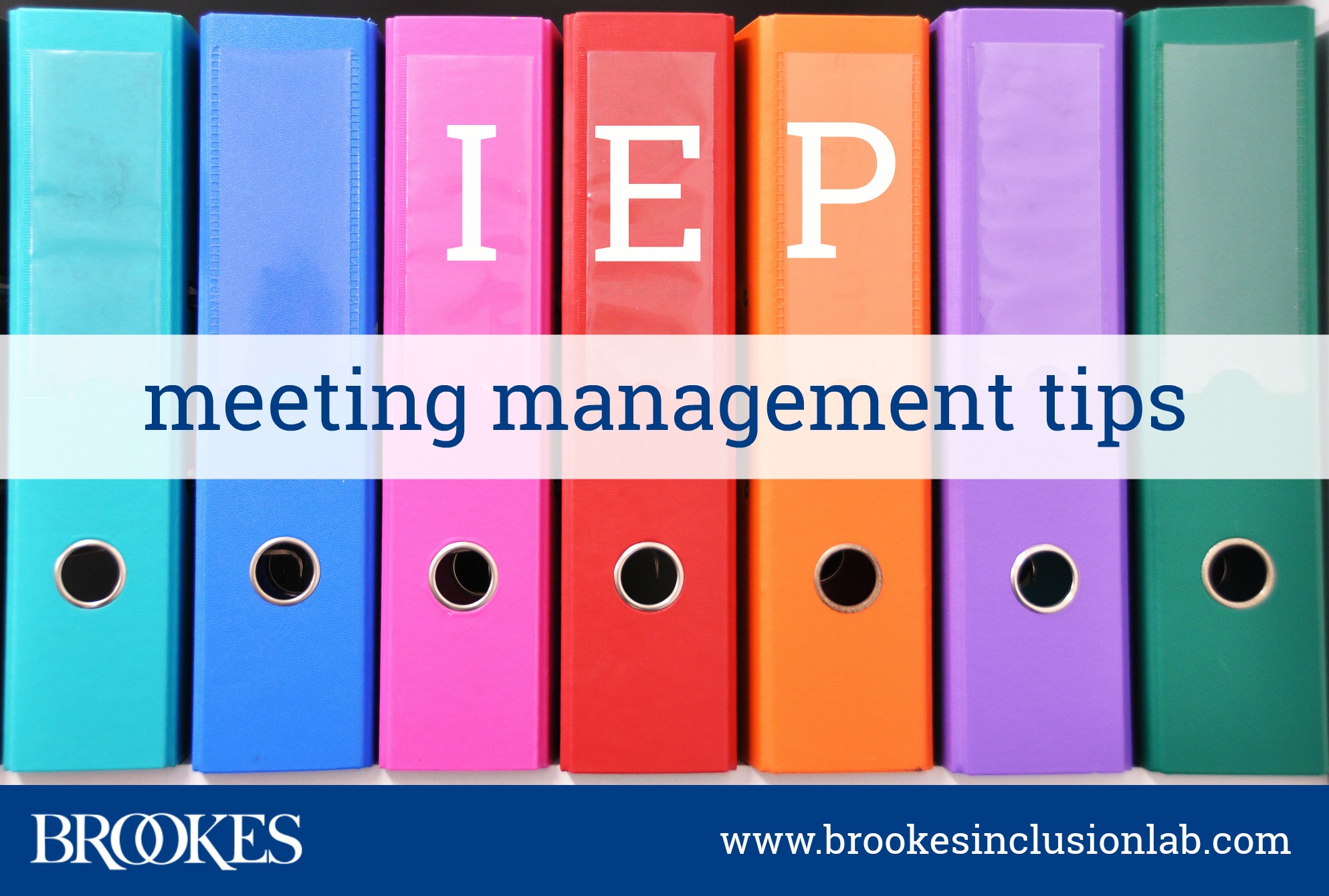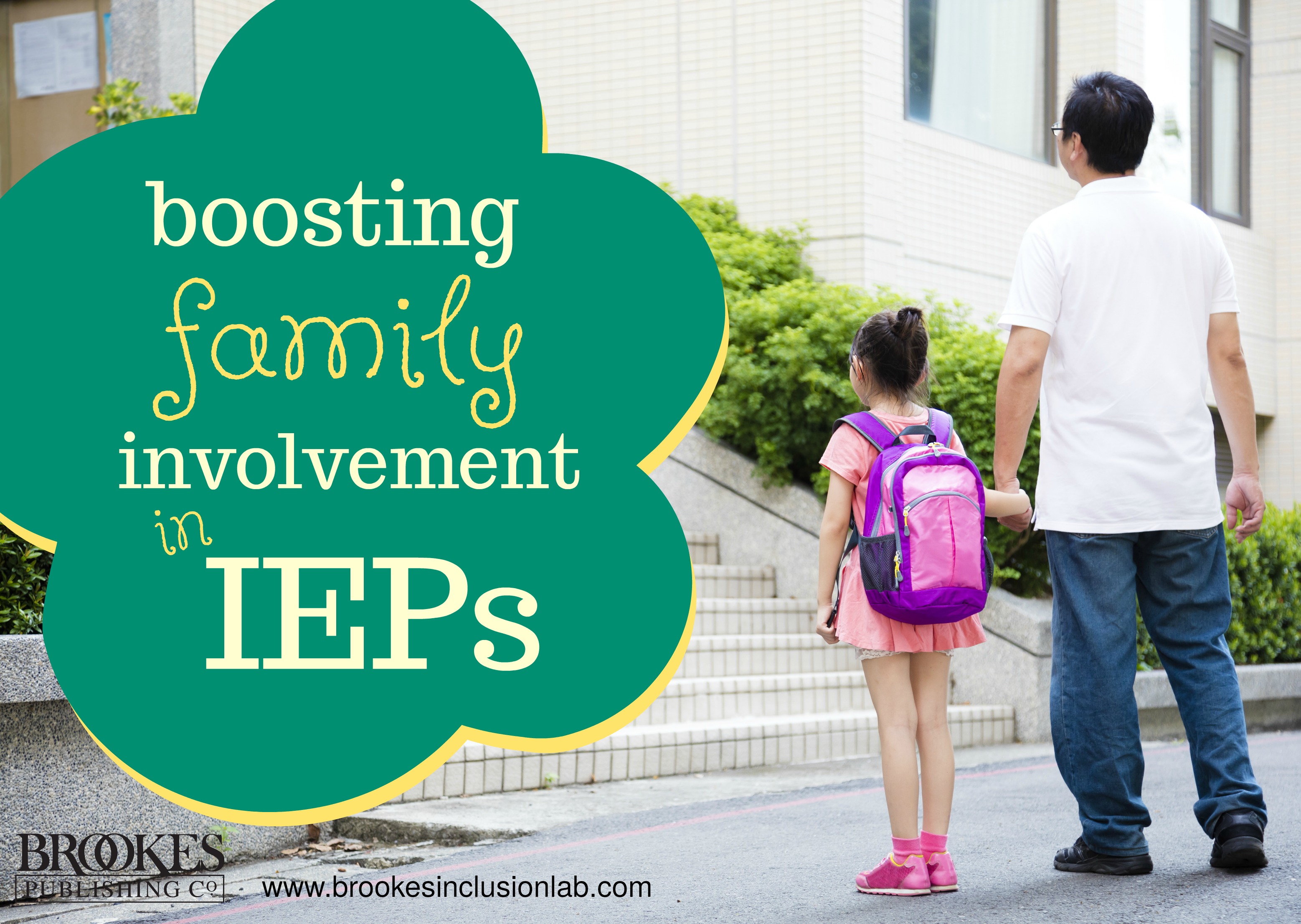Tips on Using Interpreters for IEP Meetings
September 27, 2022
How does your IEP team ensure that culturally and linguistically diverse families are welcomed, involved, and able to make the most informed decisions? Using an interpreter is one important way to support diverse families throughout the IEP process, and today’s blog post gives you some tips you can use as a starting point. Excerpted and adapted from the new second edition of The IEP Checklist by Clarissa E. Rosas & Kathleen G. Winterman, this post examines the importance of interpreters in IEP meetings and offers best-practice suggestions for before, during, and after the meeting.
*****
Research supports that parental involvement in their child’s education results in positive outcomes for students. Some parents from culturally and linguistically diverse (CLD) backgrounds may feel apprehensive about becoming involved in their child’s school, including the IEP process, due to their limited English proficiency, unfamiliarity with mainstream school culture, or cultural beliefs that teachers are the experts on their child’s education. For these families, teachers must take extra steps to ensure that they are effectively communicating and interacting with parents.
To ensure parental involvement, IDEA put procedural safeguards into place that mandate informed consent from parents. Informed consent requires a full understanding of the information provided to make a decision. This informed consent mandate is required by IDEA for initial evaluation, reevaluation, and initiation of services. IDEA further holds schools responsible for providing opportunities for families to attend IEP meetings and ensuring that the communication and actions of the IEP meeting are understood by the family.
Your IEP team should secure the services of a competent interpreter to guarantee that the communication is comprehensible to parents so they can make informed decisions. Although most schools use translation services to convert documents such as referral and IEP forms from English to other languages in order to meet IDEA’s requirement, they often are incomprehensible because the intent of the message is lost in the translation. Some families who are CLD do not have the literacy skills and/or special education background knowledge needed to fully comprehend the translated documents and will require an interpreter to explain the information provided in the documents before an informed consent can be obtained. Use of a qualified interpreter who has language proficiency in the family’s home language and English is a critical first step in meeting the requirements of IDEA.
Here are some tips for finding and using an interpreter—before, during, and after an IEP meeting.
Before the meeting
- Secure an interpreter who has academic proficiency in English and families’ home language and has knowledge of special education.
- Be sure that the interpreter has knowledge of the family’s culture.
- Have the case manager schedule a briefing with the interpreter to review the purpose of the meeting, provide relevant background, and present a list of specialized vocabulary to be used.
- Ask the interpreter to share with the IEP team the relevant language and home culture considerations that may affect the meeting.
- Make sure that the interpreter and family decide together on interpreting style: consecutive (interpreting the message after the speaker pauses) or simultaneous (interpreting the message while the speaker is talking).
- Schedule your meeting with additional time for interpretation.
During the meeting
- Make sure that introductions include the interpreter and their purpose at the meeting.
- Remind members that the interpreter will not be making any decisions and their sole purpose is to interpret the communication exchange.
- Inform the group of interpreting etiquette, which includes speaking directly to the family member (not the interpreter), avoiding side conversations, using simple language, avoiding jargon, speaking slowly, and pausing after each communication for interpretation.
- Periodically check for the family’s understanding.
- Be cognizant of body language and what it’s communicating.
- If needed, remind team members of interpreting etiquette.
After the meeting
- Summarize key points at the end of the meeting.
- Ask parents for feedback and determine their satisfaction level with the use of the interpreter during the meeting.
- Seek impressions from the interpreter on any challenges they experienced during the meeting.
A good interpreter can make all the difference for culturally and linguistically diverse families, and the tips in today’s post will help guide your IEP team in finding an interpreter, communicating with them effectively, and making the most of their presence during an IEP meeting. For a complete practical guide to every aspect of the IEP process, check out the updated second edition of the book behind today’s post!





Write a Comment
Your email address will not be published. Required fields are marked *
Post a Comment